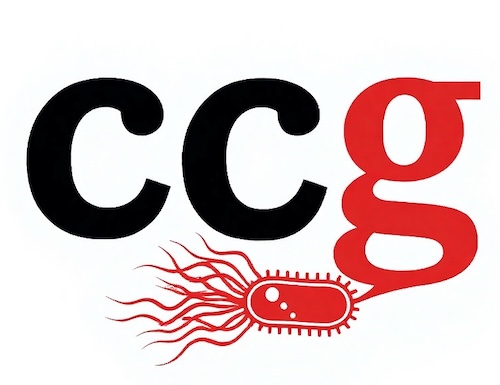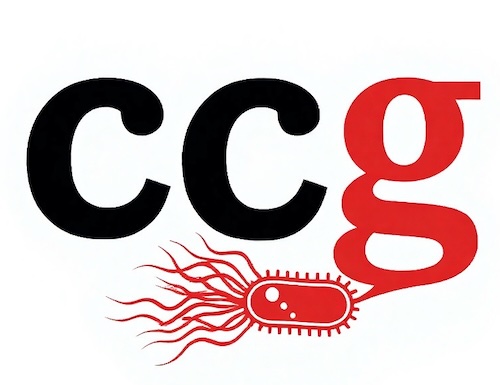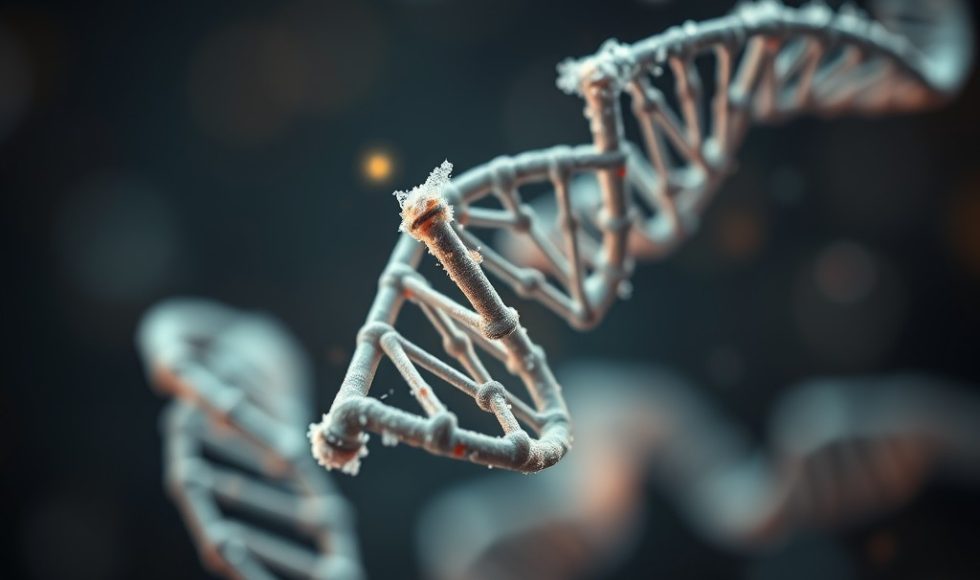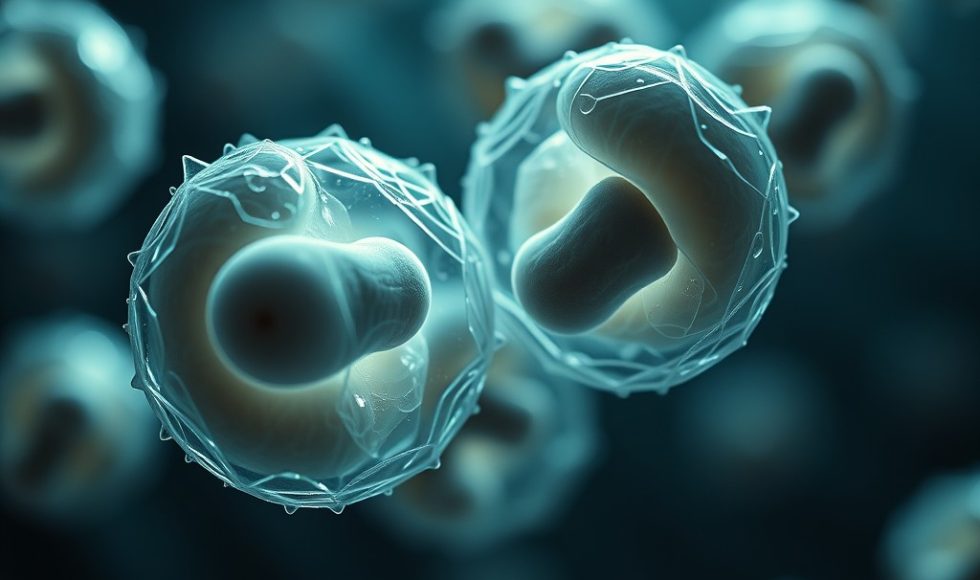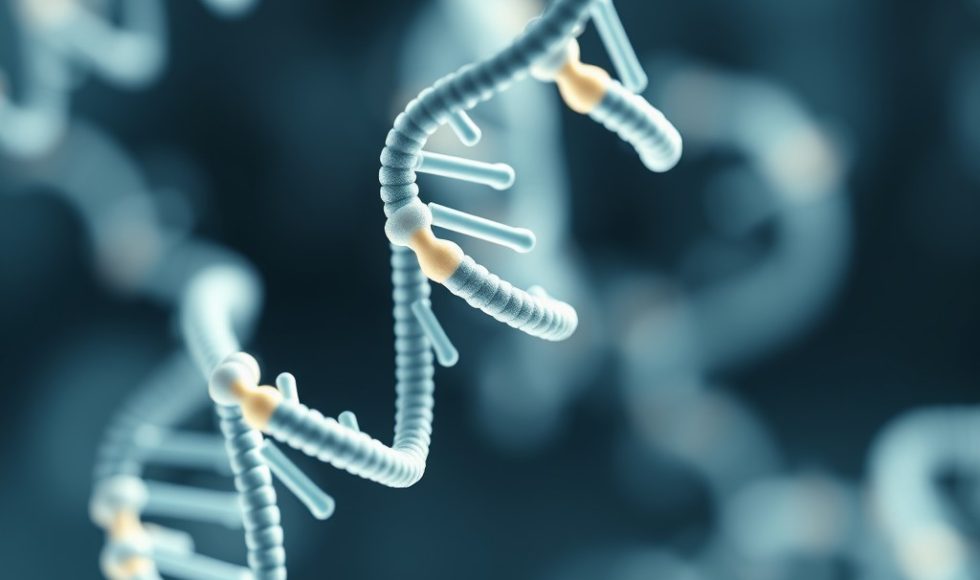Noah Bryan from the Bayview Secondary School in Canada presented at the Nanopore Community Meeting in Boston. The title of the five-minute session was “Is the water safe to drink/ The rapid test is the missing link!” Bryan is a sixteen-year-old student grade twelve student from Toronto, Canada. They developed a water test using the […]
Vivien Horvath from Lund University in Sweden presented at the Nanopore Community Meeting in Boston. The title of the session was “Studying disease-causing polymorphic transposable element insertions using nanopore sequencing.” They work on X-linked Dystonia-Parkisonism (XDP), an adult-onset neurogenerative disorder. Interestingly, it affects mostly males from Panay, Philippines, and is characterized by neuronal cell loss […]
Wanqing Shao from Boston Children’s Hospital presented at the Nanopore Community Meeting on “Maximizing the power of genomic sequencing in pediatric rare disease.” Shao is a Genomics Scientist working in a collaborative team: the Children’s Rare Disease Collaborative (CRDC). They are interested in rare and complex diseases that are often misdiagnosed. Shao also noted that […]
Fritz Sedlazeck from Baylor College of Medicine spoke at the Nanopore Community Meeting in Boston on the “Detection of mosaic and somatic structural variants with Sniffles2.”Sedlazeck spoke about the advantages of long-read sequencing for structural variant detection. Their team is improving Sniffles2 for insertions and deletions and larger structural variants. Full structural variant genotyping requires […]
Nikhita Damaraju from the University of Washington in Seattle presented at the Nanopore Community Meeting in Boston. The session’s title was “Evaluating the quality of long-read phasing methods in clinically relevant genes.” They explained that variants are inherited in equal measure. Damaraju defined phasing as the process of assigning variants to parental copies. Understanding which […]
J. (Gus) Gustafson from the University of Washington spoke at the Nanopore Community Meeting in Boston about “needLR: a structural variant filtering and prioritization tool for long-read sequencing data.” They noted that half of suspected Mendelian conditions remain undiagnosed after current clinical testing methods. The Miller Lab at the University of Washington uses Oxford Nanopore […]
Tonight, I watched Qiliang (Andy) Ding from the Mayo Clinic present at the Nanopore Community Meeting in Boston. The session’s title was “Resolving structural configurations of DMD intragenic duplications through nanopore long-read sequencing.” Ding is a Laboratory Genomics Fellow. Ding noted that the DMD gene encodes dystrophin, an essential protein for muscle function. This gene is associated […]
Latana Grub from Vanderbilt University spoke at the Nanopore Community Meeting in Boston. The session was titled “Long-read sequencing reveals the molecular landscape of mitochondrial DNA 6mA methylation.” Grub studies mitochondria. They noted that mitochondria are important organelles with their own genome and are critical for energy. Mitochondrial DNA has only one regulatory system. Grub […]
Svetlana Madjunkova from the CReATe Fertility Centre in Canada presented at the Nanopore Community Meeting in Boston. The session’s title was “Nanopore sequencing in reproductive care.” Nanopore sequencing can be used in reproductive care at several stages of assistive reproductive therapies. Preimplantation genetic testing can improve the success of transfers. Madjunkova noted that current next-generation […]
Karine Choquet from the University of Sherbrooke in Canada presented at the Nanopore Community Meeting in Boston. The session’s title is “Genetic regulation of nascent RNA maturation revealed by direct RNA sequencing.” Newly synthesized RNAs are exported to the cytoplasm for translation. The research team was interested in learning more about RNA processing and poly(A) […]
